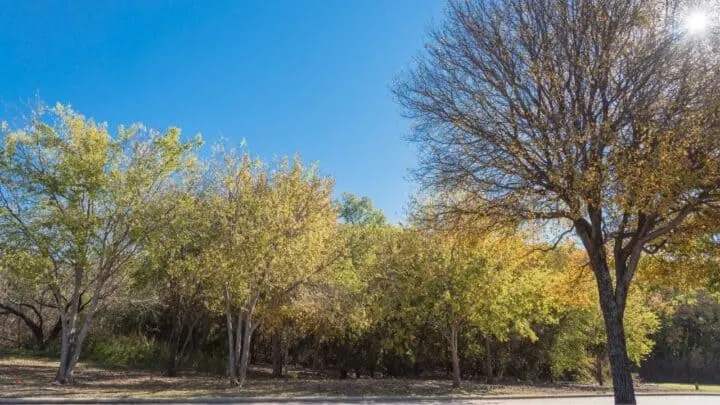The dominant plant in any landscape is the tree. Every property owner should make it their priority to plant trees.
Trees are excellent at helping a neighborhood maintain higher-than-average property values.
But, if you’re in Northern Texas, what trees are best to plant in that area?
Table of Contents
The Best Trees to Plant in North Texas
The best trees to plant in North Texas are Pecan, Live Oak, and Crape Myrtle, all of which thrive in any North Texas soil type. North Texas soils are clay, sand, loam, and silt. These three trees are robust and flourish in various watering environments and sun/shade conditions.
Recommended Shade Tree Types
These trees have a fantastic tolerance to drought and are free from many diseases and pest issues.
They are excellent trees to consider when answering the question, “What are the best trees to plant in North Texas?”
Bald Cypress
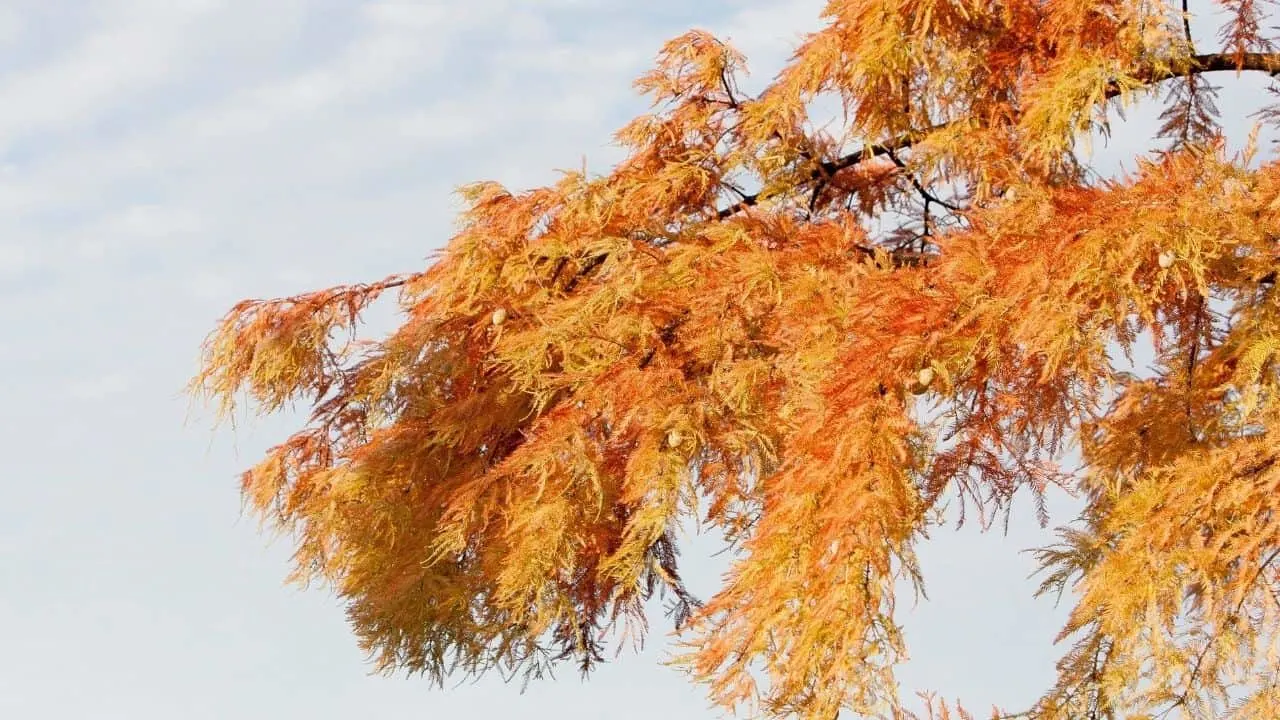
This deciduous tree is perfect for “drying out” drainage or other areas that are naturally wet.
The tree sports orange and brown colors in the fall. I strongly counsel against planting Bald Cypress in dry soil.
Bigtooth Maple
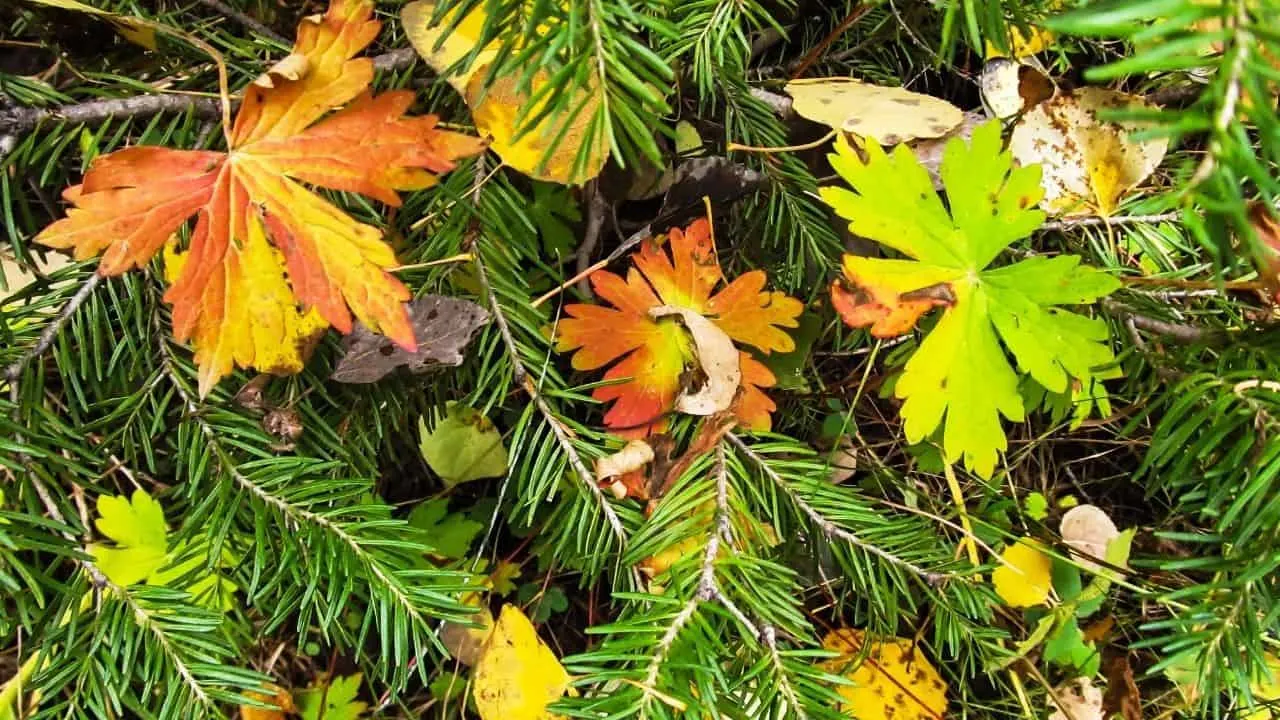
Heat-tolerant Texas native. This fast-growing deciduous tree sports outstanding red and orange fall colors.
Bur Oak
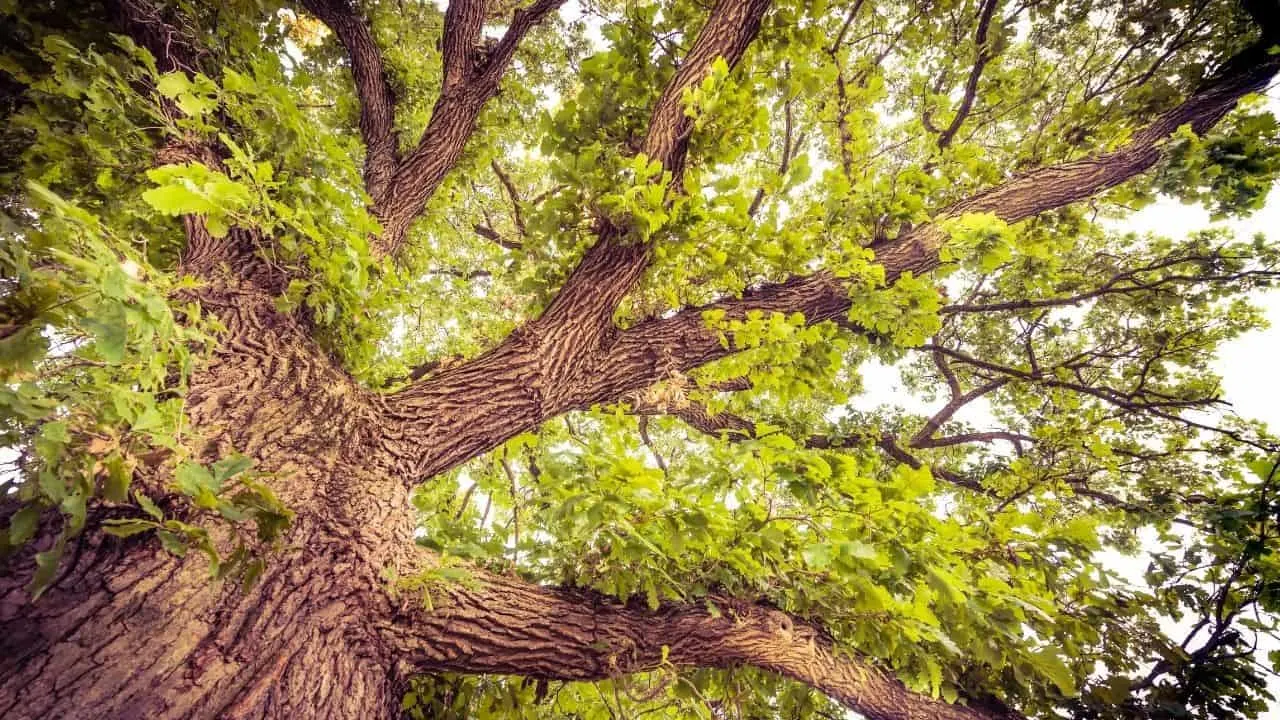
Texas native oak. It grows into a large and rounded tree.
Bur Oaks sport yellow colors in fall and grow huge acorns. They are deciduous trees with thick, cork-like bark.
Cedar Elm
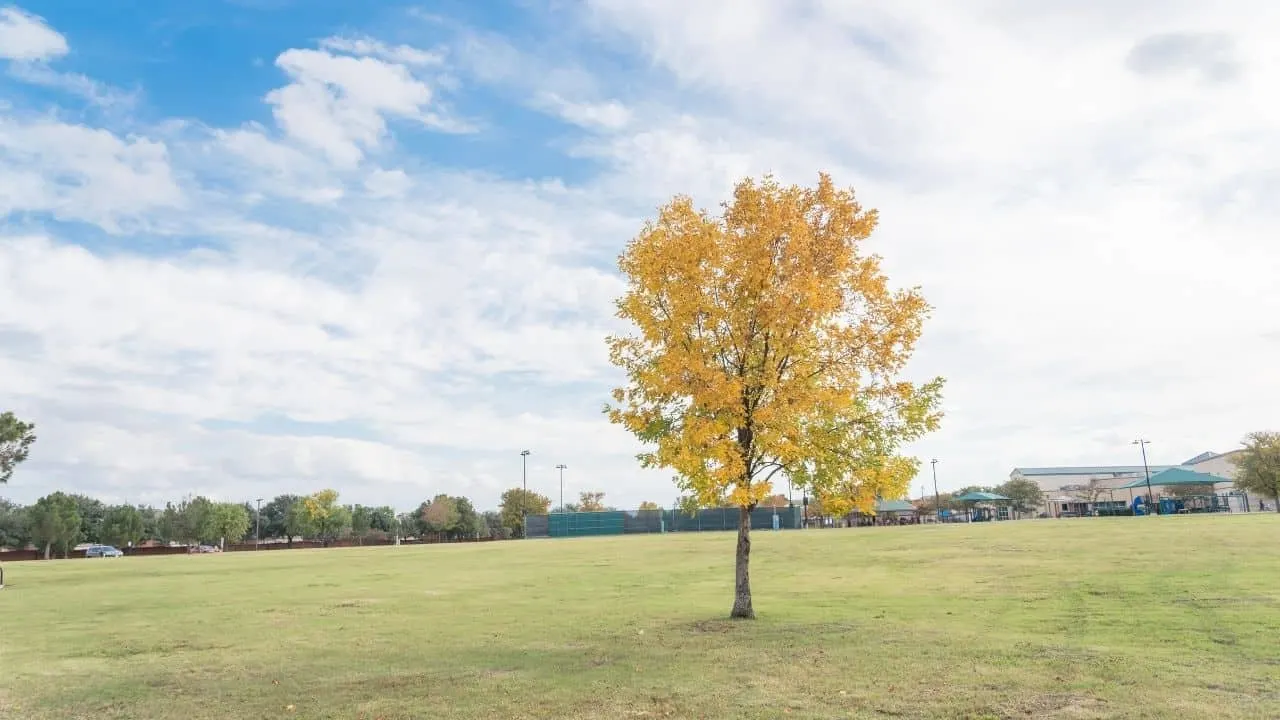
Native Texas tree. This drought-tolerant deciduous tree is extremely easy to train into a variety of shapes.
It adapts itself to many types of soil, including Texas’ clay soil.
Chinese Pistache
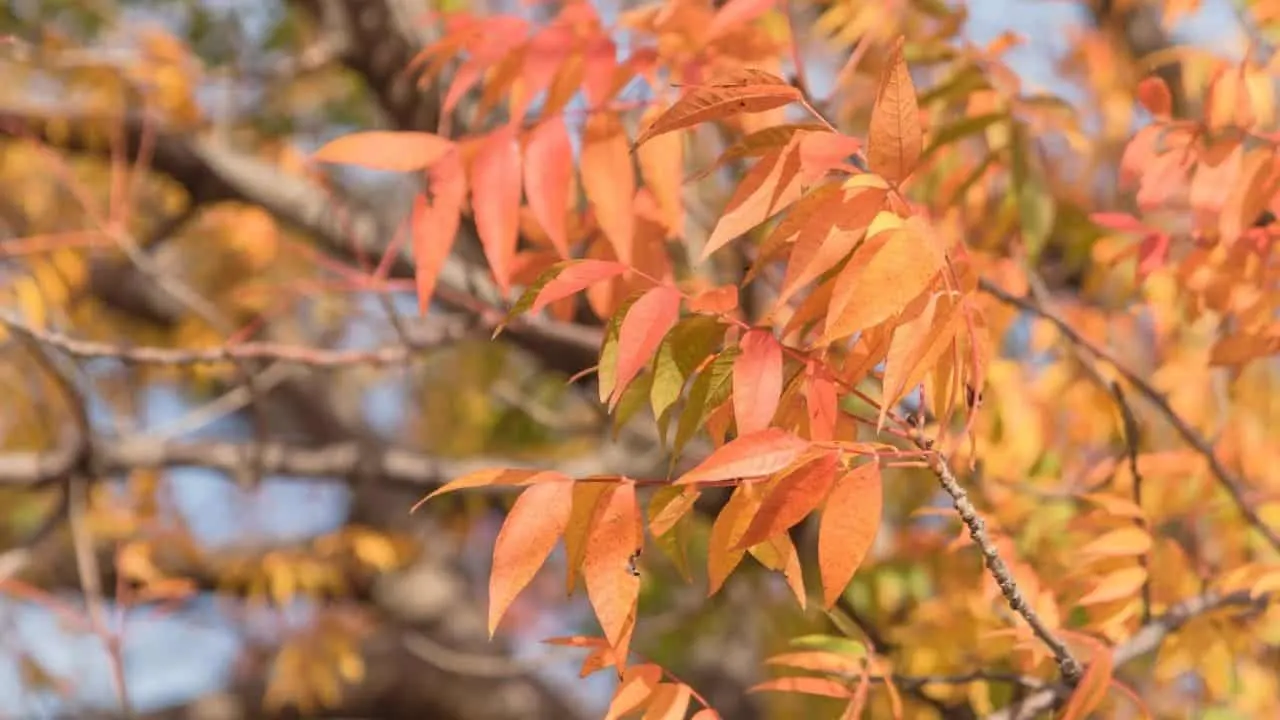
This is a fast-growing deciduous tree with lovely red, orange, and yellow fall colors.
Chinquapin Oak
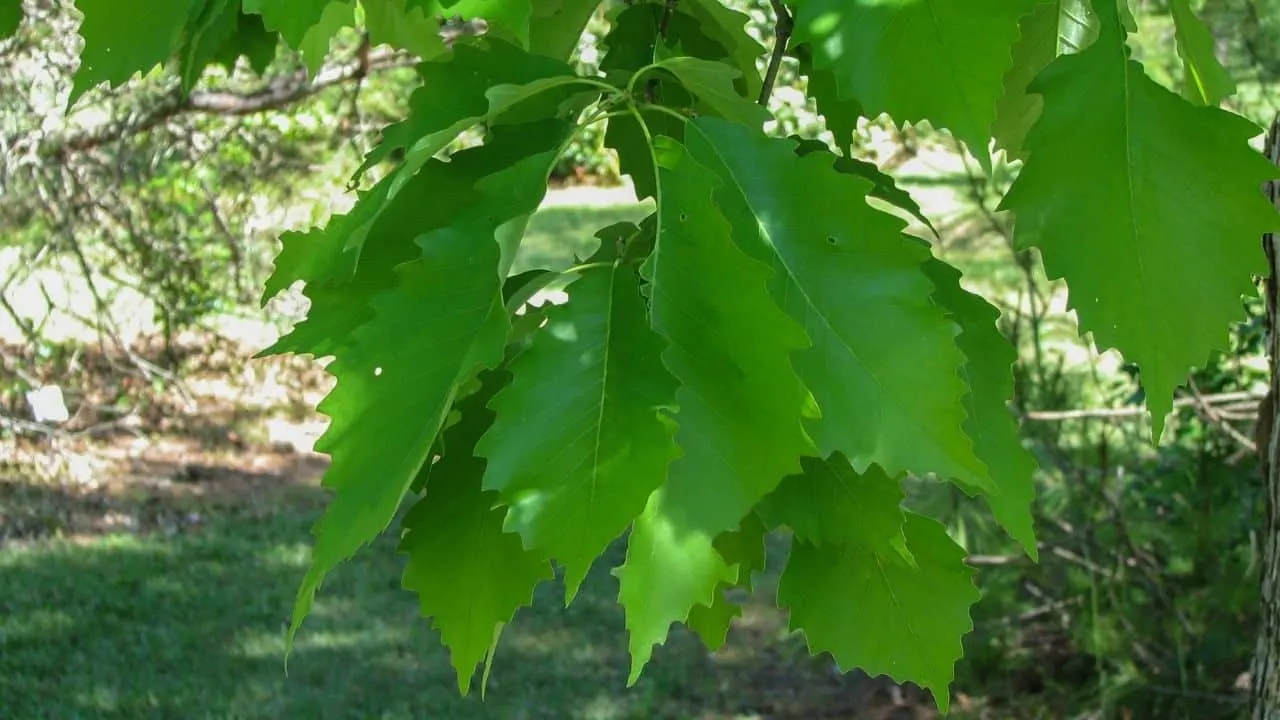
Native to Texas, this deciduous oak has remarkable, saw-toothed leaves and flaky bark.
D.D. Blanchard Southern Magnolias
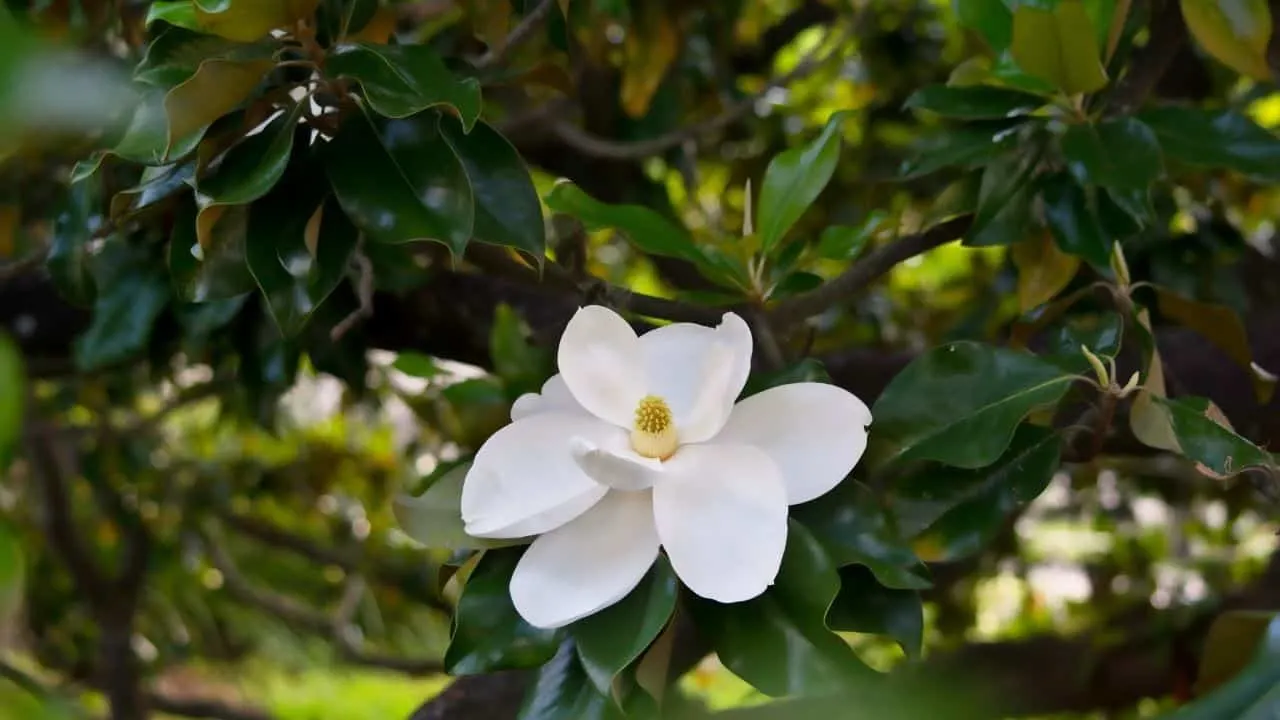
D.D. Blanchard is an evergreen, dark-leafed variety of Southern Magnolia.
Its glossy foliage perfectly complements its large, fragrant flowers.
Live Oak
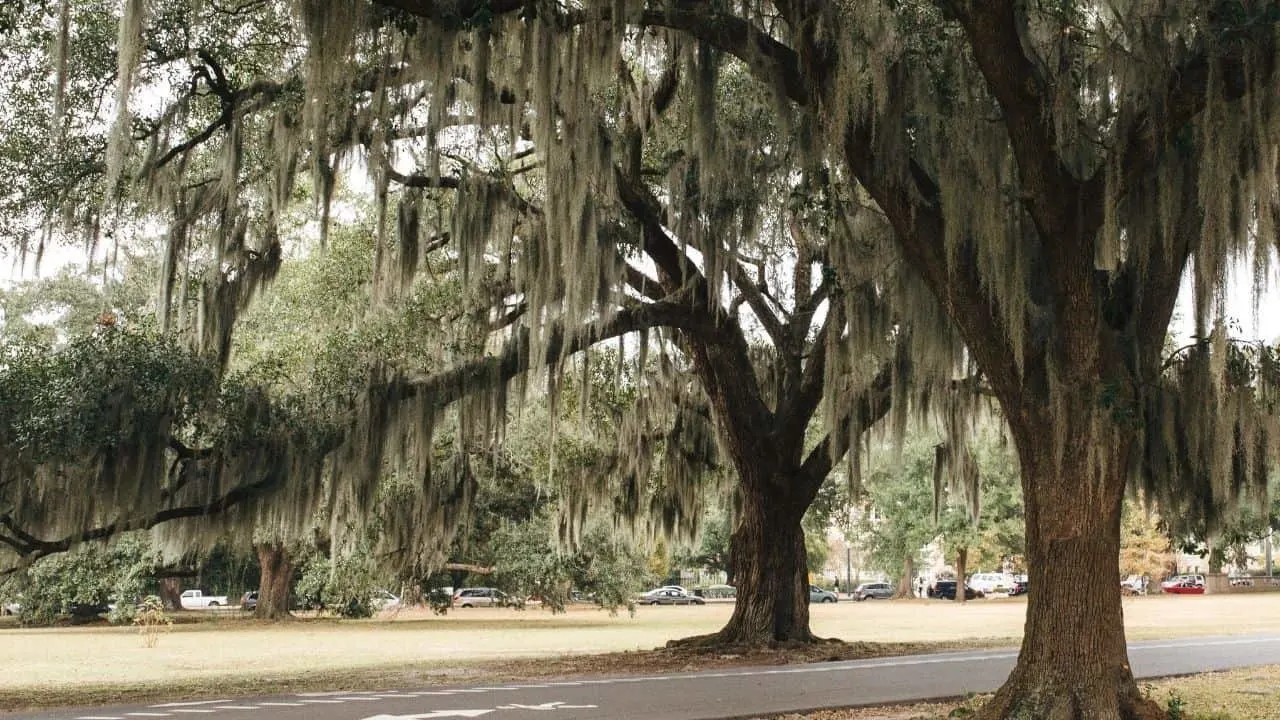
A star among tough trees! In Texas, these trees grow partially evergreen.
Depending on the weather, these trees thin out during fall or winter, but won’t kick off the old foliage until new leaves arrive in spring.
Pecan
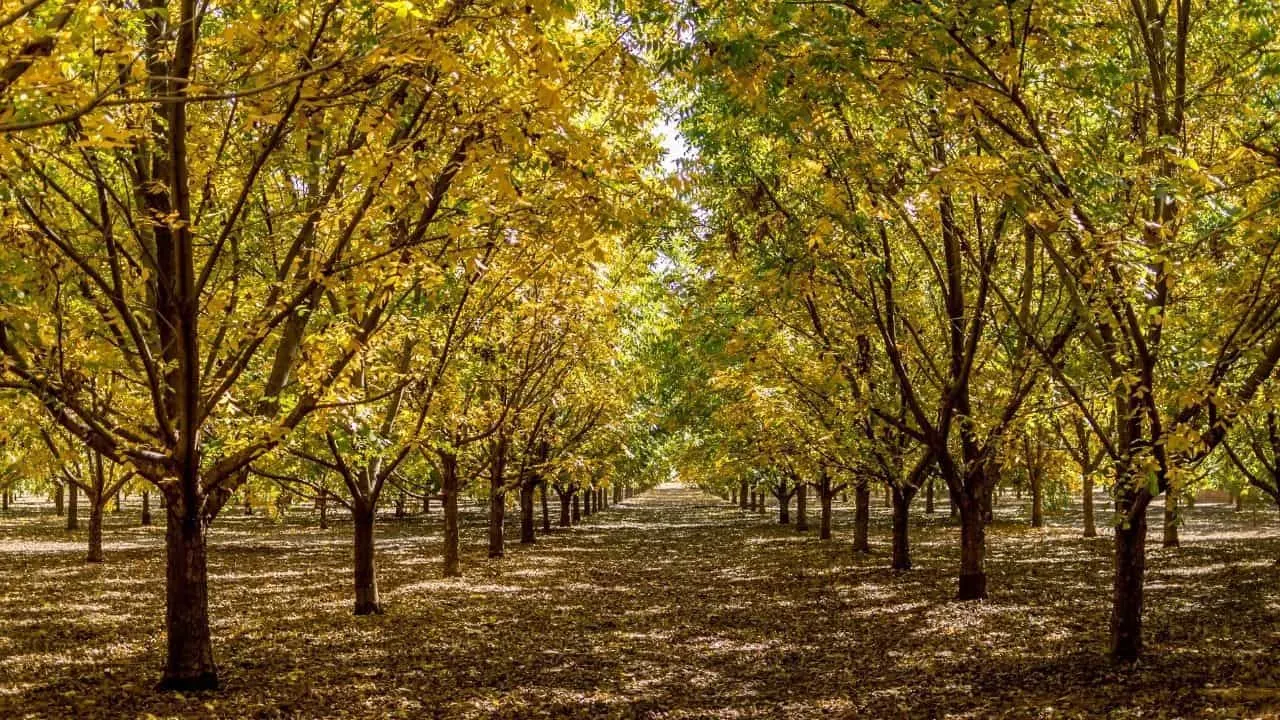
Texas’ State Tree! Pecan grows well in most of Texas.
It is a sturdy tree that handles heavy clay soil very well. It also tolerates alkaline pH.
Shantung Maple
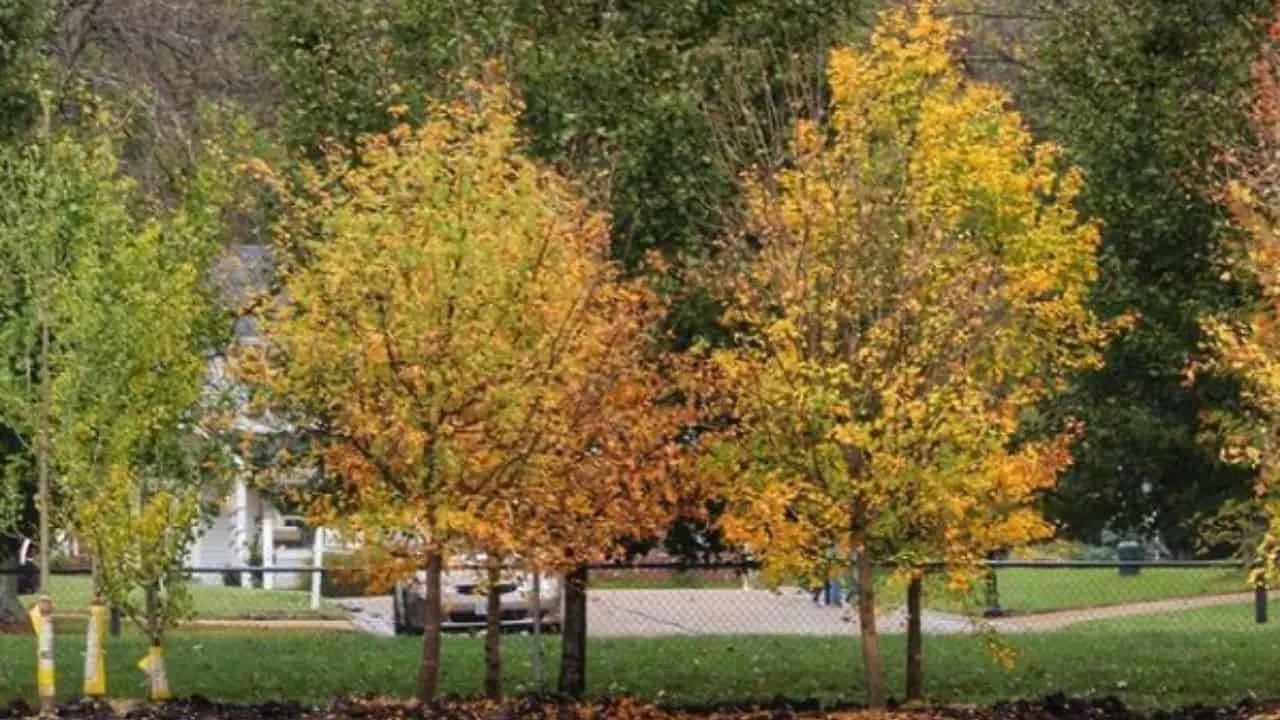
Photo Credit: @dlsherwood on Instagram!
Originally from China, the tree is notable for being able to tolerate not only hot weather but alkaline soils too.
Shantung Maple ranges in color from yellow through to orange, possibly with hints of red. Colors vary from one tree to the next.
Recommended Ornamental and Barrier Types of Trees
The trees I list below are beneficial for creating natural barriers. They grow from 15 to 25 feet tall, depending on the variety.
More than adequately, these trees also answer the “What are the best trees to plant in North Texas?” question.
Chaste Tree
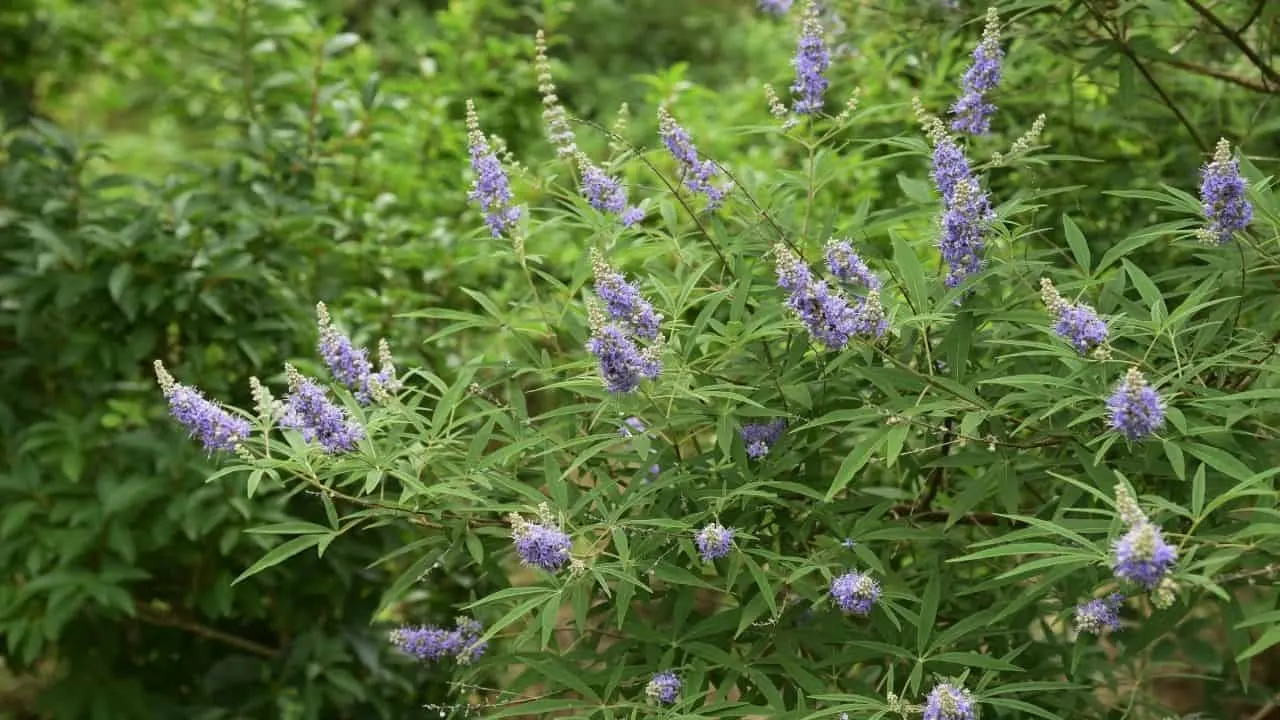
Looms blue through most of the summer! With regular pruning of its bottom branches, Chaste trees make pretty ornamental trees or delightful accent plants.
Crepe Myrtle

Great choice to plant in series as a row screen. It works beautifully as a standalone ornamental accent too.
Crepe Myrtle is a reliable three-month bloomer, making it a strong contender for supreme bloomers in all of Texas.
Desert Willow
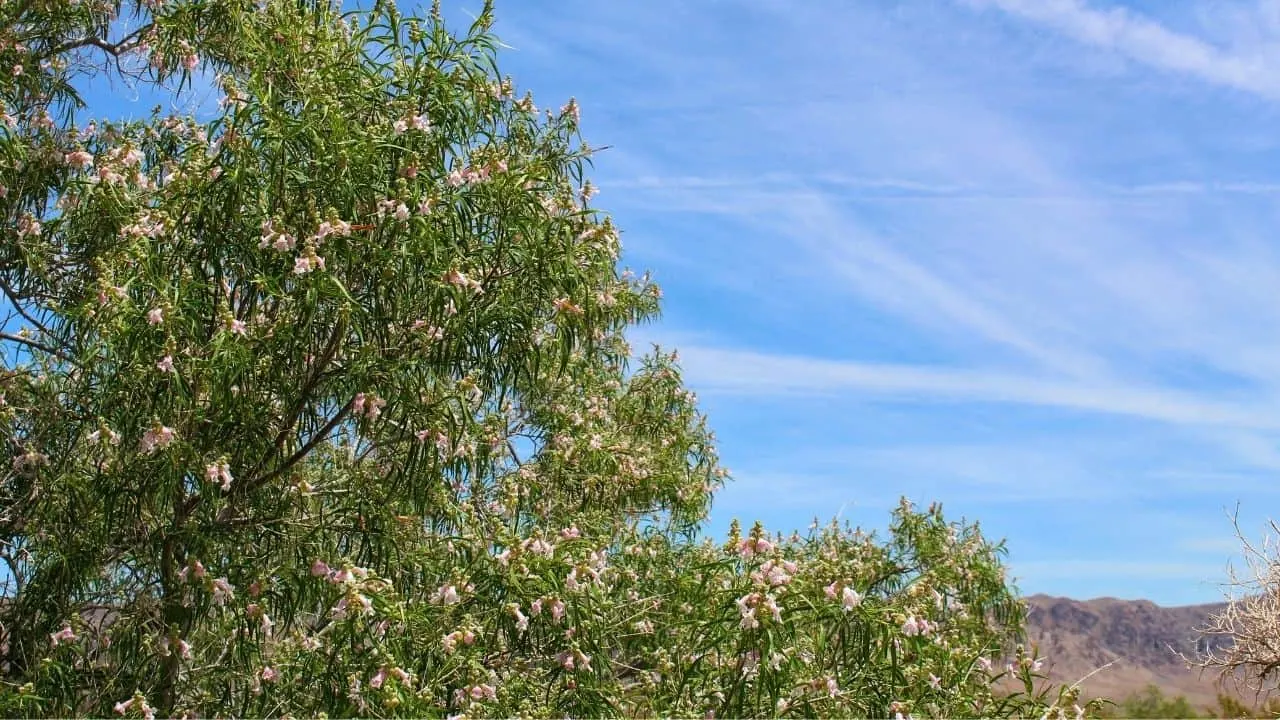
Sports snapdragon-like flowers from late spring through early summer. Occasionally, Desert Willow produces other sets of blooms depending on rainfall.
Desert Willow is beautiful, so it makes a wonderful standalone accent plant. Planted together, Desert Willow makes pretty, loose rows.
Still, the tree is not suitable for use as a privacy screen because it is open and airy.
Eastern Red Cedar
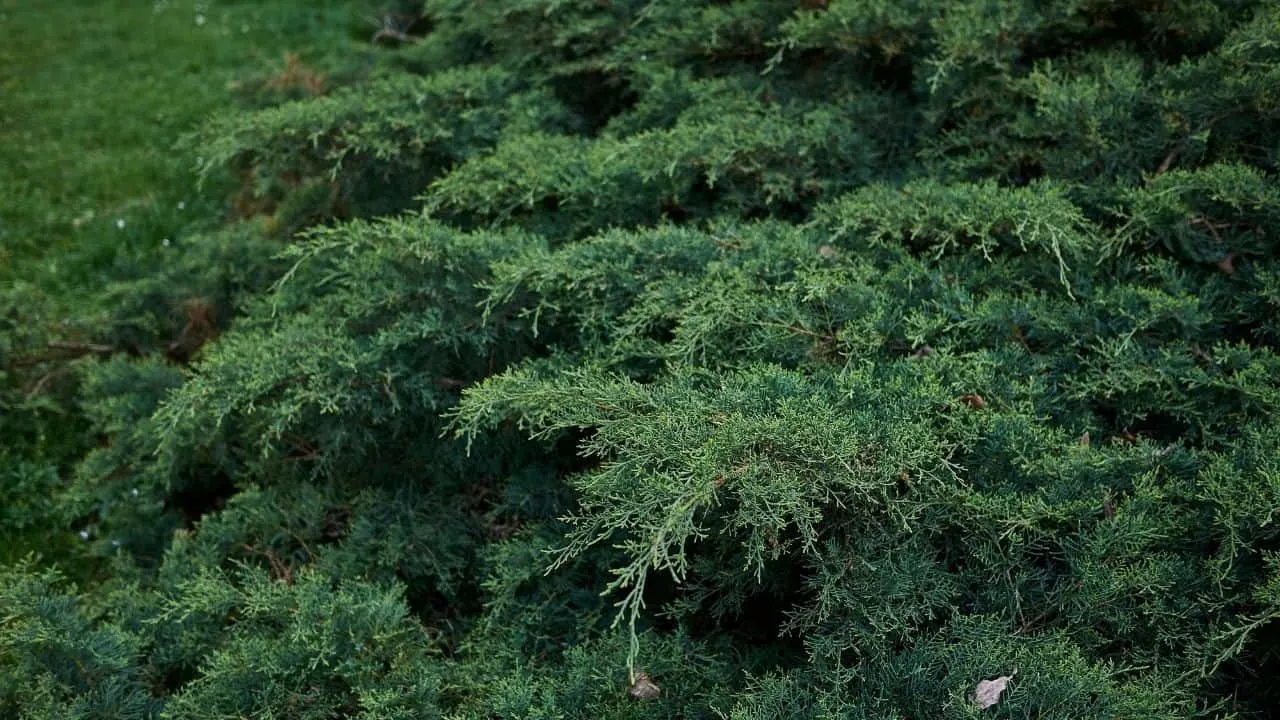
These make a phenomenal privacy screen or windbreak. Once established, they don’t really require watering.
As a bonus, the Eastern Red Cedar is a native Texas species!
Little Gem Magnolias (also applies to Teddy Bear Southern Dwarf Magnolias)
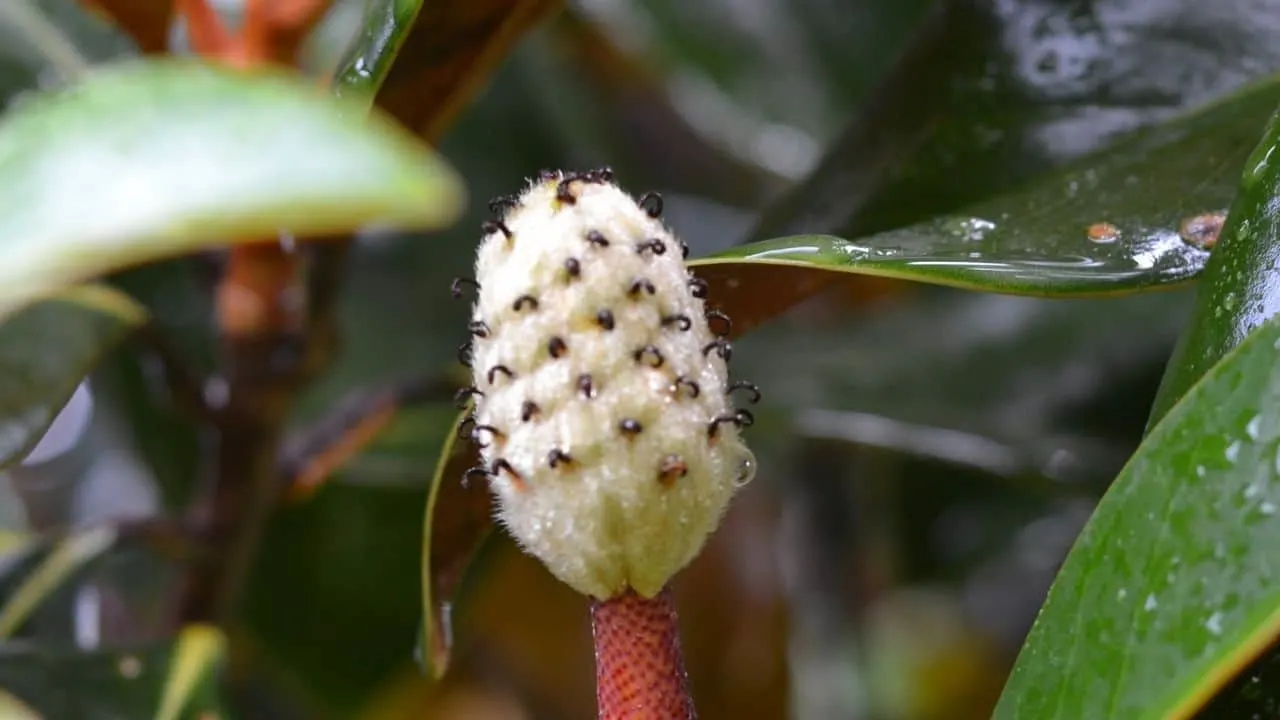
Packing all the elegance, beauty, and fragrance of full-sized magnolias into these much smaller ornamental trees. Perfect for limited spaces.
Mexican Plum
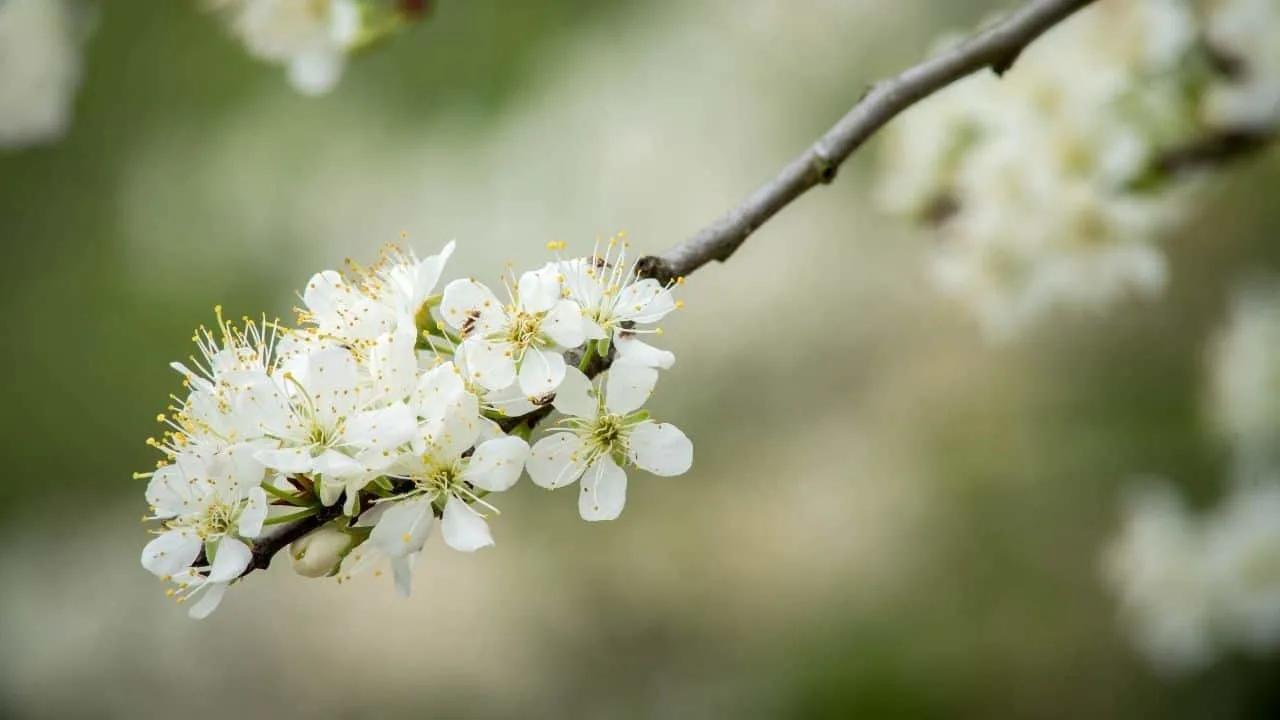
In early spring, these are in spectacular bloom. Unfortunately, their bloom lasts for only two weeks.
The Mexican Plum is a smallish ornamental tree that’s very drought-resistant.
Redbud
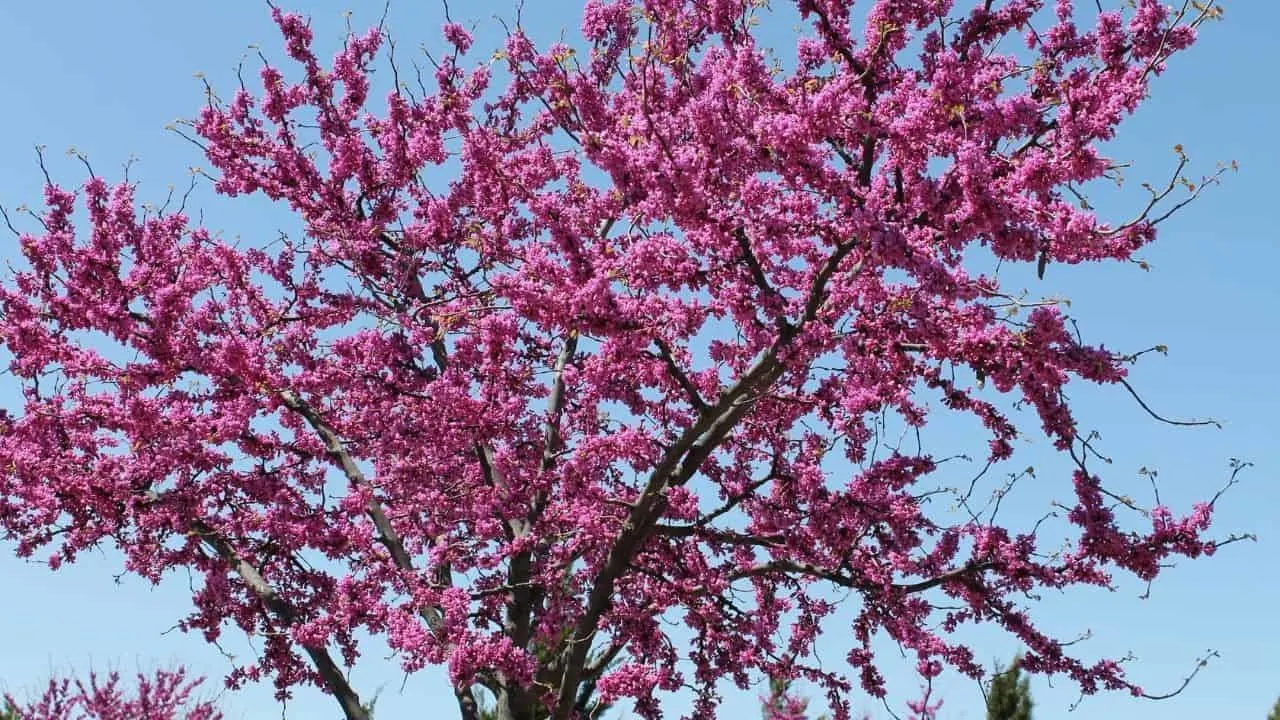
These trees do best when placed under larger shade-providing trees, or at any rate, placed somewhere where they will get protection from summer’s harshest sunshine.
Redbud provides three delightful weeks of beautiful pinkish or purplish blooms before its leaves emerge in spring.
Smoke Tree
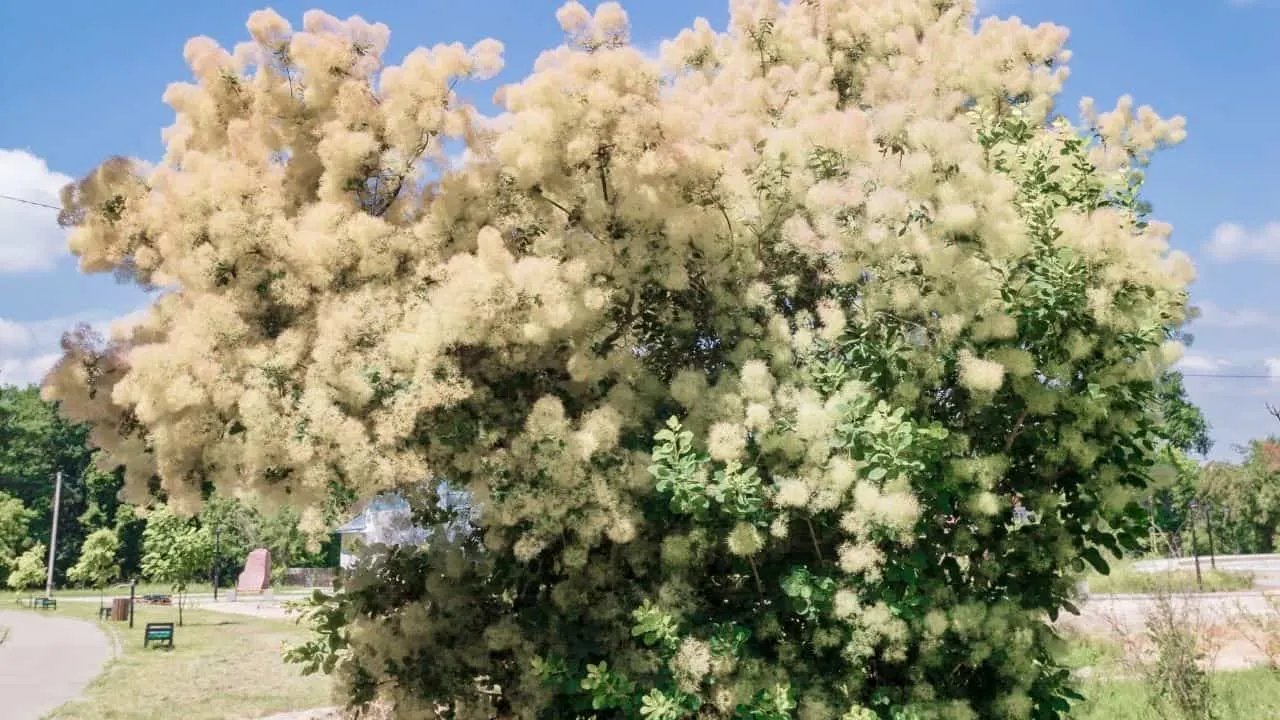
These trees work best as standalone accents. Smoke trees are tough and readily tolerate drought.
Smoke trees’ new growth is a pretty maroon, making the plant easily stand out.
Texas Mountain Laurel
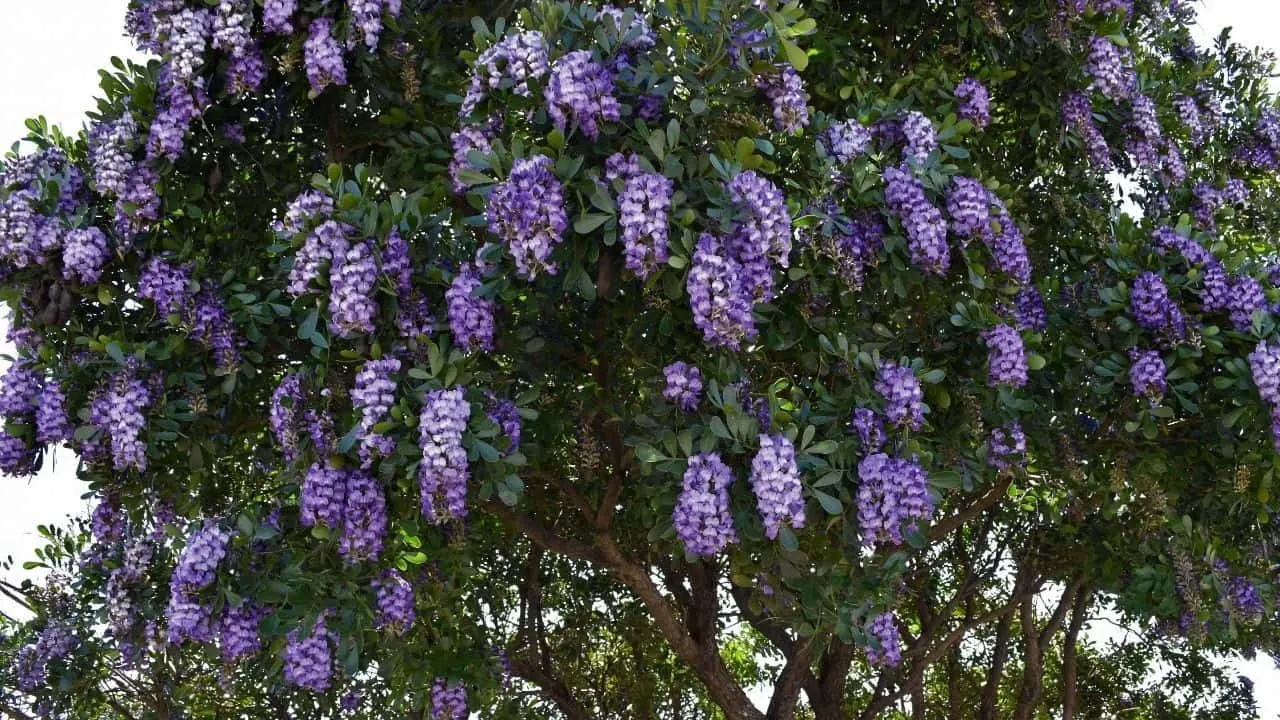
These bloom pretty blue flowers in long chains. The tree blooms early in spring, giving off a scent like a wisteria.
Texas Mountain Laurel works best as a standalone ornamental accent. Texas Mountain Laurel flourishes in dryish, well-drained areas.
Yaupon Holly

These plants are great as anchor plants in shrub beds. As with all other upright hollies, Yaupon Holly grows from 15 to 25 feet in height.
Yaupon Holly is both pest resistant and drought tolerant, making it a perfect choice when used as a privacy screen.
Frequently Asked Questions about the Best Trees to Plant in North Texas
When should I plant trees in the North Texas region?
The most suitable time to plant trees in North Texas is from late fall up to early spring. Dry, hot summers can stress new plants in this region. It is best to allow new trees to develop roots whilst the soil is still cool, and the temperatures are still moderate.
What should I keep in mind before planting a new tree in North Texas?
First, the size of the tree’s canopy, as you don’t want one that’s too overwhelming. Second, if the tree produces fruits, seedpods, or nuts as it can potentially cause a mess or have lots of leaf fall after a storm. The third thing to consider is the tree’s vulnerability to diseases and destructive insects.
Afterword
Cleverly placed shade trees can reduce the temperature of roofs and walls by up to 20 degrees in summer, reducing summer electricity bills.
Deciduous trees let in winter sunlight and help heat homes. Trees can increase a home’s value.
Homes with fully grown shade trees are more expensive and sell quicker than those without them.

Daniel has been a plant enthusiast for over 20 years. He owns hundreds of houseplants and prepares for the chili growing seasons yearly with great anticipation. His favorite plants are plant species in the Araceae family, such as Monstera, Philodendron, and Anthurium. He also loves gardening and is growing hot peppers, tomatoes, and many more vegetables.

